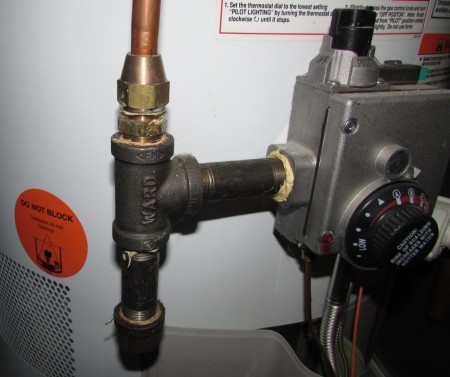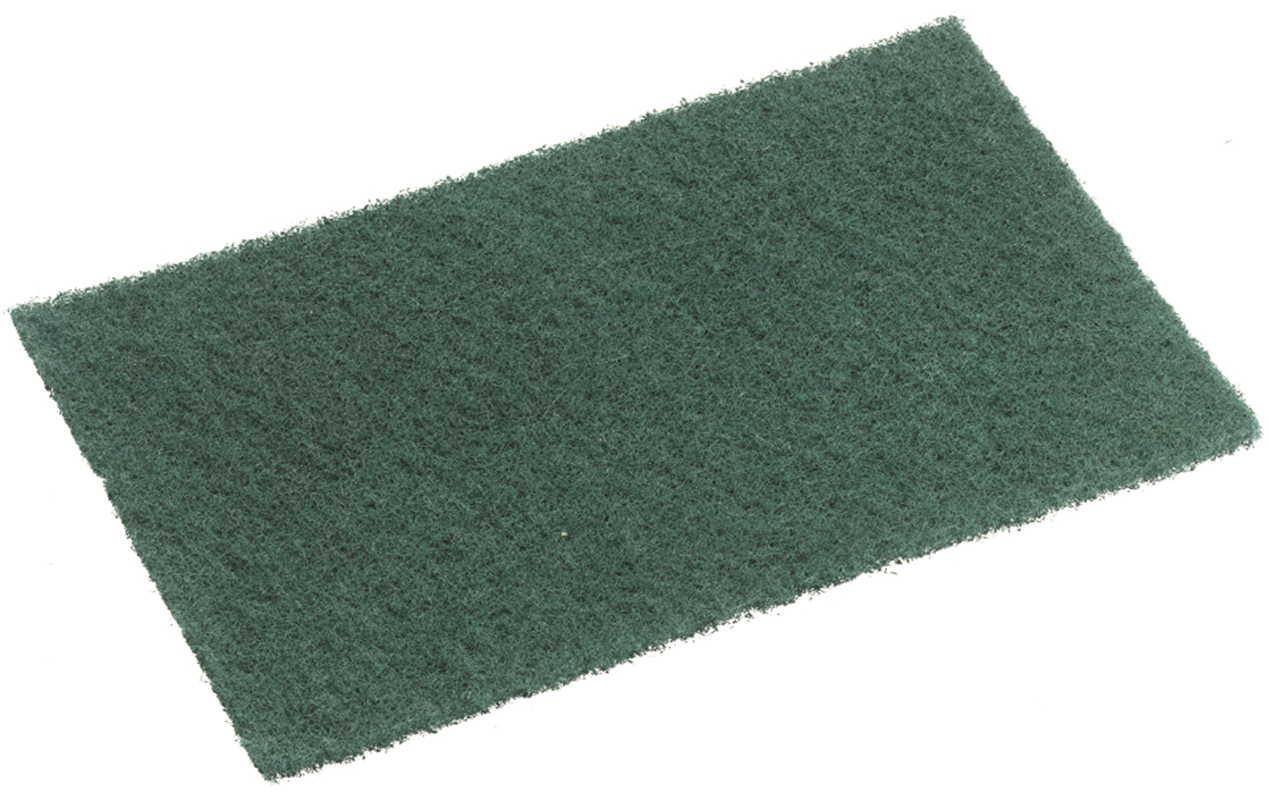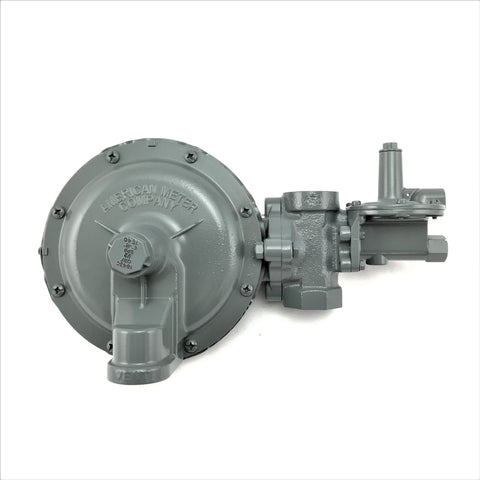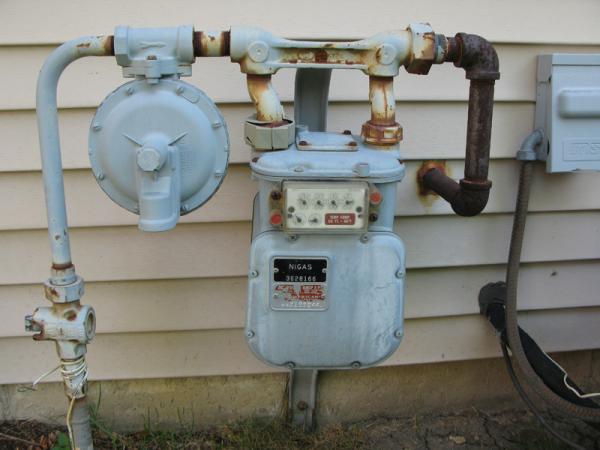Aliris19
Member
Hiya - I have a NR98-SV from approx 2010 installed and working fine. We have high water pressure, average gas AFAIK, and a bit of problem with scale that I've flushed a couple times (I didn't know to do this until recently).
With no warning it stopped working, no error codes. Simply isn't igniting I believe; you can hear it cycling but not catching. I should have thought it would be "three and out" or stop or throw some code but it just keeps going. You can smell gas and the gas on the stove works.
I shut off the gas, water and electrical breaker, put it all back: nothing. Did the same, released the water pressure and checked the filter: it was clean. Tried running several faucets to be positive of the water in the unit. Nothing. Interestingly, when I have three faucets open I do get it throwing an 11 code. Turning the machine off and back on resets that. And that's replicable - no code for one faucet, a code with three. Note, however, we have super-high water pressure from the street (bottom of a hill).
So .... now what. I've searched for manuals on troubleshooting and really can find nothing useful except they really quickly tell you to Call A Professional. There are a couple DIY things about changing the "heat exchanger", not that I really know what that means. Is it a fancy word for "burner"? I gather the fuse is some sort of wire and deeply embedded next to this heat exchanger so changing it out is a big annoying deal. I'm sure I could do it, but *should* I do it? Is there some way to trouble shoot that this is the problem? Can it be this wire/fuse and not the heat excahnger such that you tear the whole thing annoyingly open, change it out, and discover the whole exchanger should have been changed?
Yikes. Am I missing some super-simple step? I did try unplugging as well as throwing the breaker and there's no obvious reason there's an electrical problem anyway.
Thanks for any advice anyone might have to offer.
With no warning it stopped working, no error codes. Simply isn't igniting I believe; you can hear it cycling but not catching. I should have thought it would be "three and out" or stop or throw some code but it just keeps going. You can smell gas and the gas on the stove works.
I shut off the gas, water and electrical breaker, put it all back: nothing. Did the same, released the water pressure and checked the filter: it was clean. Tried running several faucets to be positive of the water in the unit. Nothing. Interestingly, when I have three faucets open I do get it throwing an 11 code. Turning the machine off and back on resets that. And that's replicable - no code for one faucet, a code with three. Note, however, we have super-high water pressure from the street (bottom of a hill).
So .... now what. I've searched for manuals on troubleshooting and really can find nothing useful except they really quickly tell you to Call A Professional. There are a couple DIY things about changing the "heat exchanger", not that I really know what that means. Is it a fancy word for "burner"? I gather the fuse is some sort of wire and deeply embedded next to this heat exchanger so changing it out is a big annoying deal. I'm sure I could do it, but *should* I do it? Is there some way to trouble shoot that this is the problem? Can it be this wire/fuse and not the heat excahnger such that you tear the whole thing annoyingly open, change it out, and discover the whole exchanger should have been changed?
Yikes. Am I missing some super-simple step? I did try unplugging as well as throwing the breaker and there's no obvious reason there's an electrical problem anyway.
Thanks for any advice anyone might have to offer.




